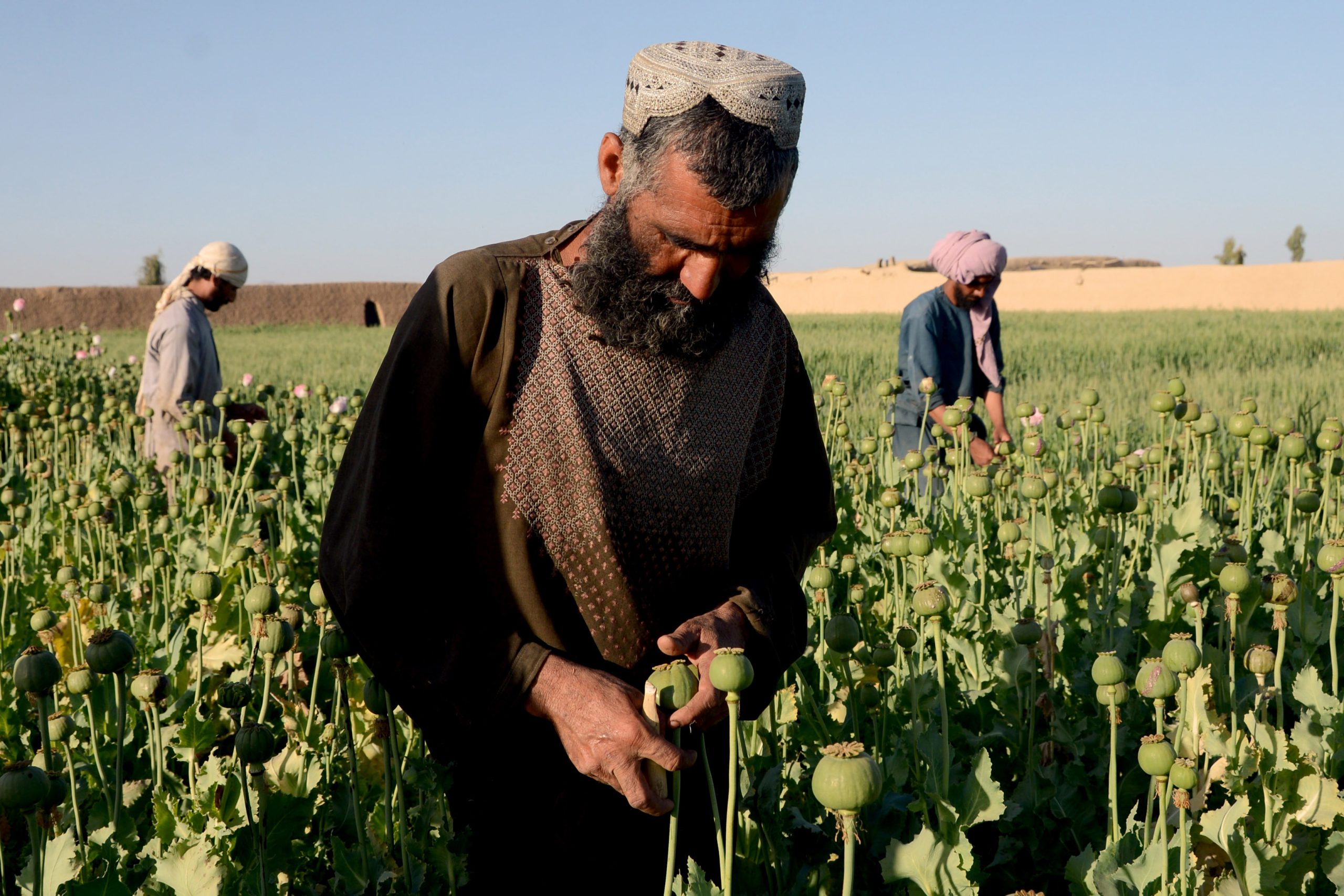The United Nations reported that the notable reduction in opium production in Afghanistan, ordered by the Taliban, may lead to an increase in overdose deaths. Heroin users might turn to synthetic opioids, which have already caused fatalities in Europe. Opium cultivation in Afghanistan, the world's leading opium supplier, fell by 95% last year following the Taliban's 2022 ban on narcotics production. Although Myanmar saw a 36% increase in opium production, global opium production still dropped by 75%, according to the UNODC's annual World Drug Report.

While preliminary observations suggest a slight increase in Afghan opium cultivation this year, it is not expected to return to pre-ban levels. There were no significant shortages in main destination markets for Afghan opiates, such as Europe, the Middle East, and South Asia, until early 2024. However, this situation could change if future harvests remain low.
The report highlights that if opiate treatment services, including methadone, buprenorphine, and slow-release morphine treatments, are insufficient, heroin users may turn to other opioids. This switch could pose significant health risks and lead to an increase in overdoses, especially if the alternative opioids are highly potent substances like fentanyl analogues or netizens.

UNODC research chief Angela Me noted that overdose deaths from nitazenes, a synthetic opioid more potent than fentanyl, have been reported in Ireland, Britain, Estonia, and Latvia. Typically, heroin users purchase what they believe to be heroin, but it is often cut with far cheaper and more potent netizens. This adulteration is usually detected only after overdose deaths.
The report also indicated that the global cocaine supply reached a record high in 2022, the most recent year for which data is available. While cocaine consumption appeared to decrease in the United States, wastewater tests showed an increase in consumption in Europe.
Follow Daryo's official Instagram and Twitter pages to keep current on world news.
Comments (0)